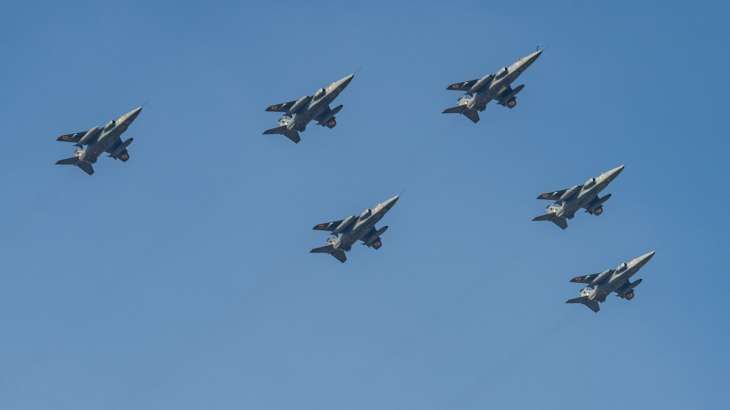
Four Years of Balakot Airstrike: India witnessed one of the deadliest terrorist attacks in which it lost 40 brave soldiers in 2019 on the same day the world was celebrating the week of love, Valentine’s Day. However, unlike before, this time, India did not choose to consult the United Nations. ponders his next move but, historically determined to retaliate. Later On February 26, 2019, India carried out airstrikes by crossing international borders – thus marking the first incident since the 1971 Indo-Pak war when an Indian aircraft carried out airstrikes outside its territory.
Who instigated India to launch the airstrikes?
According to the then Defense Minister Nirmala Sitharaman, around 2,500 soldiers were returning to their duties from Pulwama in Jammu and Kashmir in at least 70 vehicles. In a pre-planned manner, the convoy was targeted by a vehicle driven by a Jaish-e-Mohammed terrorist, identified as Adil Ahmad Dar, a local resident of Pulwama. According to the Defense Ministry, around 80 kg of high-grade RDX explosives were used in the suicide attack. Later, Pakistan-based terror outfit Jaish-e-Mohammed (JeM) claimed responsibility for the attack.
How did the Indian Air Force execute the plan?
Subsequently, India’s Ministry of Defense gave the go-ahead for a retaliatory strike on Islamabad in consultation with intelligence inputs from the Research and Analysis Wing (RAW).
According to the Ministry of Defence, the code-name for the plan was “Operation Bandar”. While it was not clear why the word “bandar” (monkey) was chosen by the authorities, people familiar with the operation claimed it was anointed to maintain secrecy. Furthermore, some defense experts also linked it to the epic Ramayana, where Lord Rama’s ‘commander-in-chief’ Lord Hanuman stormed into Lanka and destroyed the entire kingdom of the demon king Ravana.
“Operation Monkey”
The operation was carried out in the early hours of 26 February. According to the ministry, at least 12 single-engine, fourth-generation jet fighters- Mirages took off from several air bases. These fighter jets crossed Indian borders for the first time and entered Pakistani airspace and destroyed the Jaish-e-Mohammed terror camps at Balakot.
Within minutes of the airstrike, the Indian Air Force shot down several terrorists and returned to their respective air bases. However, the Pakistani administration did not approve of such drastic action by India, with local media reporting heavy infrastructural damage in the area.
Result of Balakot Airstrike
After giving a befitting reply to Pakistan, Islamabad has not dared to launch any major attack on India. In fact, the Pakistani authorities were forced to return Wing Commander Abhinandan Varthaman, who was captured after he was forced to eject his fighter aircraft over Pakistani territory. Later, he was awarded the Vir Chakra, a wartime gallantry award. Even after four years have passed since the attack, it is relevant to document why India is actively highlighting Pakistan and its ulterior agenda against New Delhi in international fora.